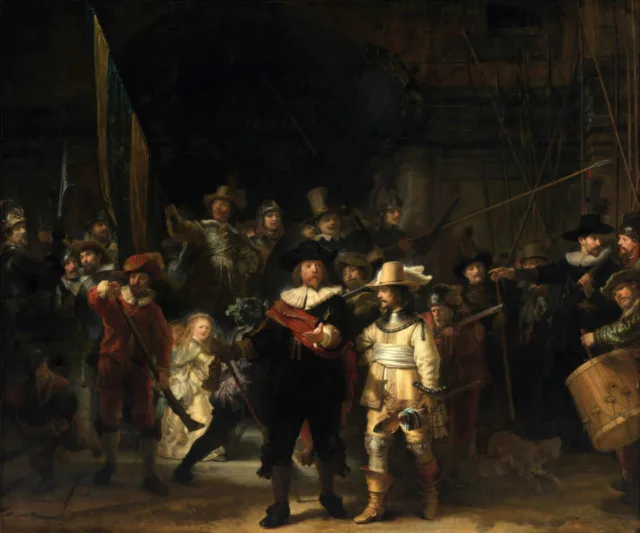Rembrandt’s Color Palette
Rembrandt van Rijn remains an eternal icon of art, celebrated for his exceptional skill and also for his distinct palette. His mastery over colors has intrigued art enthusiasts for centuries, and understanding the pigments he used provides a fascinating glimpse into his genius.
Rembrandt’s Palette: A Historical Palette
Rembrandt’s color palette was a reflection of the available pigments during the 17th century. While he didn’t have the array of modern paints, he manipulated the colors he had to create a harmonious and captivating palette.
Earth Tones and Natural Pigments
Rembrandt’s preference for earth tones and natural pigments set the foundation for the warmth and depth in his paintings. Raw sienna, burnt sienna, raw umber, and burnt umber were his go-to choices for creating the rich, earthy tones that characterize many of his works.
Rich Reds and Browns
Rembrandt’s reds and browns, achieved using madder lake and Venetian red. These pigments lent a timeless quality to his compositions, adding a layer of complexity to the flesh tones and creating a sense of depth.
Golden Hues
Golden hues played a crucial role in Rembrandt’s depiction of light. Lead-tin yellow and Naples yellow were instrumental in capturing the brilliance of sunlight and candlelight in his paintings, giving them a luminous quality.
Blues and Greens
While not as prominent, Rembrandt strategically used blues and greens for emphasis. Smalt, a blue pigment, and terre verte, a green earth pigment, allowed him to create nuanced shadows and highlights, contributing to the overall balance of his compositions.
Rembrandt’s palette was reminiscent of the “Zorn Palette” utilized by the Swedish painter Anders Zorn.
Modern Equivalents: Bridging Time and Technique
What are the modern equivalents of Rembrandt’s palette? While some pigments may no longer be in use or have been replaced, modern artists can find alternatives that capture the essence of Rembrandt’s color palette.
Modern Alternatives
- Raw Sienna and Burnt Sienna: Substitute with modern pigments like Yellow Ochre, Raw Umber, and Burnt Umber.
- Madder Lake: Replace with Alizarin Crimson or Permanent Rose for rich red tones.
- Lead-tin Yellow and Naples Yellow: Modern Cadmium Yellows can replicate the luminosity of these historical pigments.
- Smalt and Terre Verte: Ultramarine Blue and Viridian Green are commonly used modern equivalents for achieving blues and greens.
A good selection of colors in a set is available here.
“The Night Watch”

One work that showcases Rembrandt’s masterful use of color is “The Night Watch” (1642). A monumental painting that vividly captures a militia company in action. Rembrandt skillfully employs his palette to depict the play of light and shadow. He creates a dynamic composition that draws viewers into the heart of the scene.
The rich earth tones, warm browns, and golden hues contribute to the atmospheric quality of the painting, while strategic use of reds and blues guides the viewer’s gaze. The painting’s enduring appeal lies not only in its narrative but in Rembrandt’s ability to convey emotion through his expert manipulation of color.
A Legacy in Color
Modern artists can draw inspiration from Rembrandt’s color palette. Adapting their palette with contemporary pigments to create works that echo the mastery of Rembrandt.
